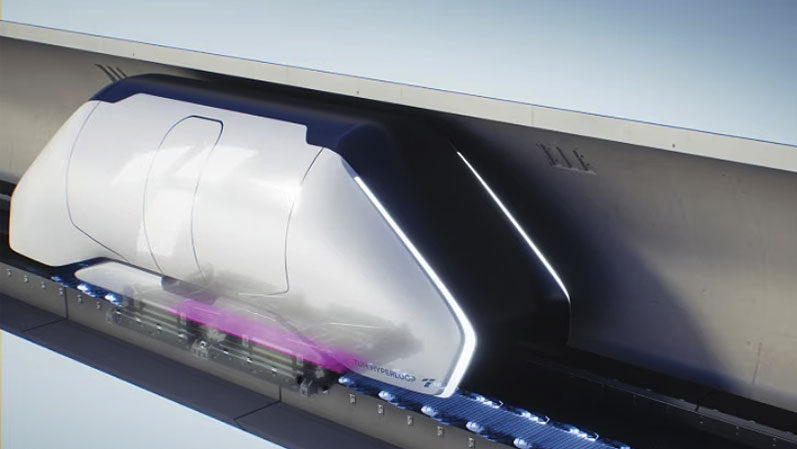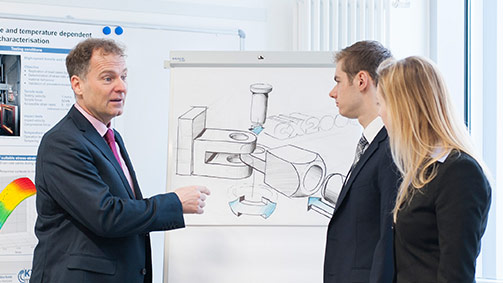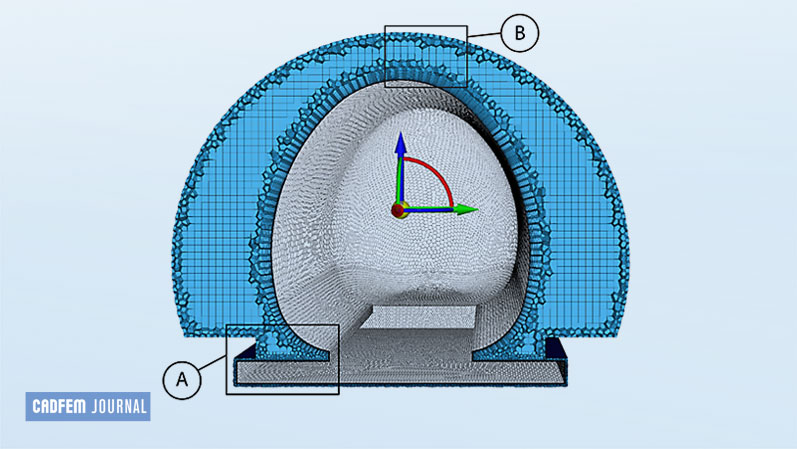Electromagnetic simulations for optimum motor performance
Ansys in the development of the TUM Hyperloop propulsion system
Which type of motor is best suited for the TUM Hyperloop propulsion system? Tim Hofmann and his team made this fundamental decision based on their catalog of requirements. A linear electric motor came out on top and simulation with Ansys was used to determine the optimum configuration.
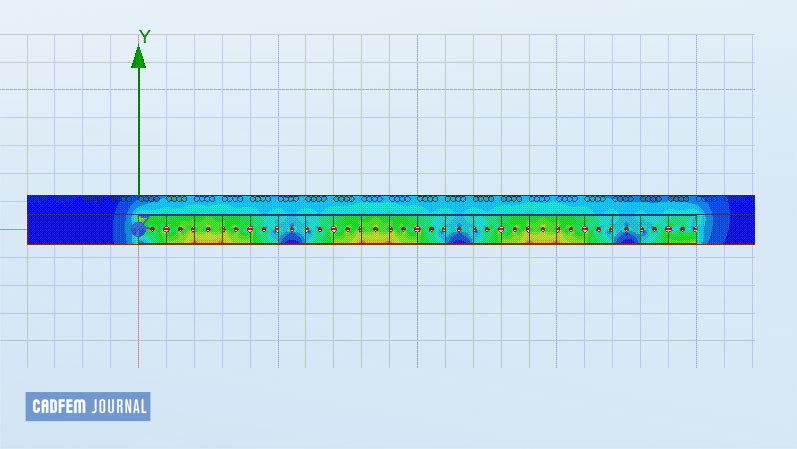
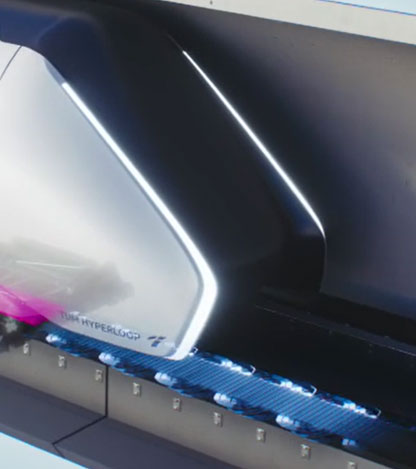
Simulation provides an insight into and understanding of details. Given the boundary conditions of "cost-effective production", "compact design", and "efficient operation", simulation is used to determine how a motor with a given design and design space can deliver maximum mechanical performance - i.e. acceleration and speed. The alternative to this is analytical calculations, although the effort involved would be immense. Their use is therefore limited to checking and confirming the simulation results.
A linear synchronous motor consists of a stator (electromagnetic coils along the track) and a jointly moving excitation system that generates a static magnetic field. The interplay between the electromagnetic field of the stator, which is supplied with three-phase alternating current, and the excitation system leads to the generation of a thrust force. This thrust force must accelerate the system against its inertia and the low air resistance associated with a hyperloop. The interaction of electromagnetic fields is what leads to motion.
Tim Hofmann, Head of Propulsion, TUM HyperloopWhen developing propulsion systems, we use Ansys tools to carry out mechanical, thermal, and electromagnetic simulations.
Interaction in focus

Electromagnetic simulations, along with mechanical and thermal simulations, are also important in the design of this propulsion system. All three types of simulation are interrelated. Mechanical simulations are used to ensure the stability of a design, taking into account the temperature of various components, which is dependent on the operating state, e.g. the generation of ohmic heat in the coils. Mechanics, temperature fields, electromagnetics - Tim Hofmann and his team use Ansys and CADFEM learning tools to analyze each of these domains and their interactions.
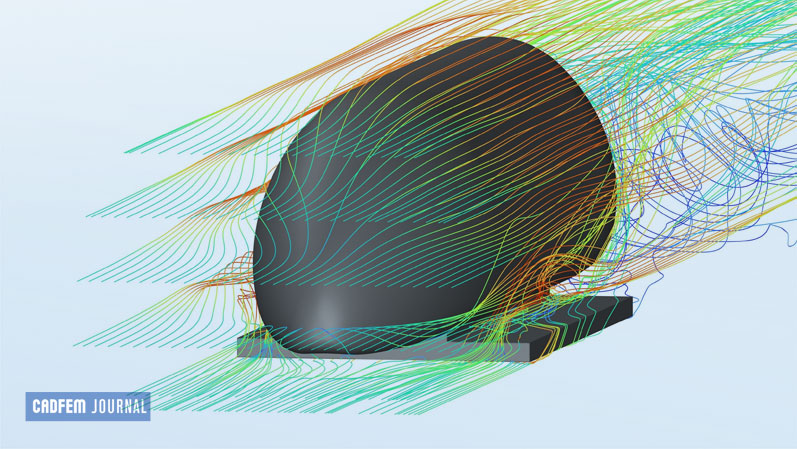
Fast, faster, Hyperloop
Around the globe, people are working on the Hyperloop, the incredibly fast transportation system of the future. The TUM Hyperloop team of students, professors, and researchers from the Technical University of Munich is at the forefront of this work. Thanks in part to state-of-the-art development tools, the realization of Elon Musk's vision is within reach at TUM. This includes simulations with Ansys as well as know-how transfer by CADFEM.
To the review article TUM Hyperloop & CADFEM
Electromagnetic simulation in three steps
Let's take a closer look at electromagnetics. The simulation process consists of three steps: static 2D analyses, static 3D analyses and, depending on the computing capacity, transient 2D or 3D analyses. The following questions are answered at component level:
- What magnetic flux distribution does the excitation system generate and what influence do changes to the design of the excitation system have on the magnetic flux distribution?
- What magnetic flux distribution does the electromagnetic field of the coils in the stator generate and what influence do changes to the design of the coils have on the magnetic flux distribution?
Both systems are optimized using Ansys Electronics Desktop for a maximum magnetic flux density in a specific local area. The components are then modeled as a complete system and the time-dependent propulsion force is determined.
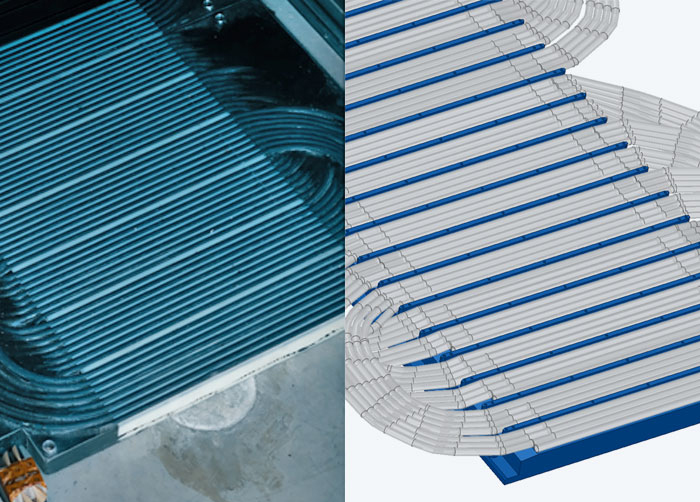
A module of the stator of the propulsion system of the TUM Hyperloop demonstrator in Ottobrunn near Munich. On the right is the geometry of the coils before they are simplified for electromagnetic simulations in order to iteratively improve the design based on the simulation results. The actual implementation is shown on the left, which enables a series of tests to be carried out and to reconfirm the simulation results and draw conclusions for subsequent simulations.

Mission accomplished
The simulations provided valuable insights for developing a linear synchronous motor precisely tailored to the requirements of the TUM Hyperloop drive. It proved its worth on the 5-meter-long test stand, which was operated with a 30 kW power inverter. After fine-tuning on the basis of newly obtained knowledge, the comparison of simulation and test values, and additional simulations, the propulsion system of the TUM Hyperloop demonstrator was developed and is currently in operation.
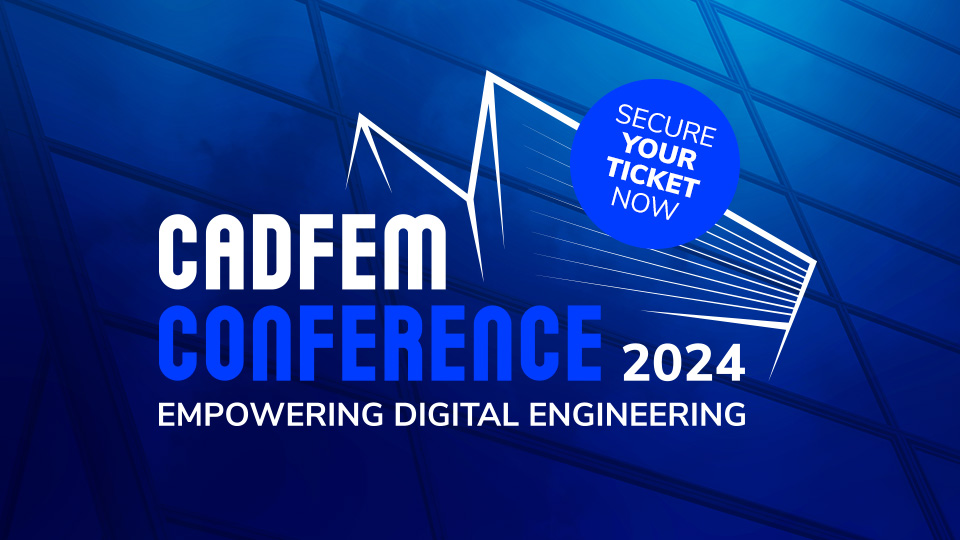
Tim Hofmann is a speaker at the CADFEM Conference 2024
Tim Hofmann is one of the speakers at the CADFEM Conference on April 10-11, 2024, in Darmstadt. In his presentation "Electromagnetic design of high-temperature superconducting coils with simple simulations in Ansys Maxwell", he will provide deeper insights into the technical developments of the propulsion system based on the TUM Hyperloop demonstrator and his work with Ansys. www.cadfem.net/conference

Alice Peccard
(TUM Hyperloop Content Creation)
Author:
Tim Hofmann (TUM Hyperloop)
Alexander Kunz (CADFEM Germany GmbH)
Cover Images:
Right: © TUM Hyperloop
Left: © TUM Hyperloop
Published: January, 2024
Contact CADFEM



